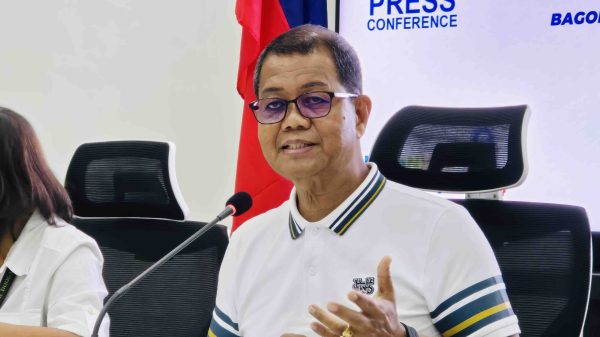KORONADAL CITY, South Cotabato (PIA) — In its initial implementation of contract farming, the National Irrigation Administration in the Soccsksargen Region (NIA XII) has enlisted a total of 5,347 hectares (ha) of rice production areas under the program, an agency official reported.
Engr. Diosdado Rosales, NIA regional manager, said that for the first administration of the contract farming program in its jurisdiction, NIA has forged agreements with 201 irrigator associations (IAs), with a total membership of 5,434 farmers.
The agency’s contracted farms cover 2,426 ha in South Cotabato, 1,180 ha in Sultan Kudarat, 1,227 ha in Cotabato Province in Soccsksargen Region, and 520 ha in Maguindanao in Bangsamoro Autonomous Region in Muslim Mindanao (BARMM).
“The ultimate goal of the contract farming program is to improve the quality of life of farmers,” Rosales said.

According to him, the program is specifically aimed at addressing two primary concerns that prevent farmers from achieving gainful rice production: insufficient capital to fund farm operations and inputs, and being taken advantage of by traders who buy their palay at very low prices.
Under the contract farming scheme, NIA provides each farmer-beneficiary with up to P50,000 worth of farm inputs, such as seeds, fertilizers, pesticides, fungicides, ameliorants, bio-fertilizers, and other related needs, as well as cash per hectare per crop per season.
“NIA’s contract farming is not a dole out,” Rosales said, emphasizing further that farmer-beneficiaries shall pay back NIA for the value of the production support received but at zero interest.
“Our contract farming program won’t end at harvesting but will also include past-harvest and post-production stages, the total value chain, until the farmers are able to sell milled rice, not merely palay,” he stressed.
Rosales clarified that the NIA and irrigators’ associations sign contracts for the program, not the farmer-beneficiaries.
The IAs are the ones making the deal with their farmer-members, he added.
The IAs receive funds and production inputs, plan out contract farming activities and programs, and distribute the necessary inputs and financial support to their members.
Participating IAs are also responsible for collecting harvested palay and transporting it to drying and milling facilities, as well as selling milled rice to Kadiwa ng Pangulo stores.
The IAs are also responsible for paying back the downloaded funds to NIA.
Rosales explained that participating IAs only gather 5 tons, or 100 cavans per hectare, from cooperating farmers; they mill and sell half of these at P29 per kilo in Kadiwa ng Pangulo stores, and they sell the remaining 50 percent to traders at the prevailing rate.
He said that starting in July, the P29 per kilo milled rice from the contract farming program in Region 12 should be available in Kadiwa stores.
The official added, however, that the farmer-beneficiary will decide how to process or dispose of the harvested palay if the production exceeds 5 tons per hectare. (DEDoguiles – PIA Region 12)












